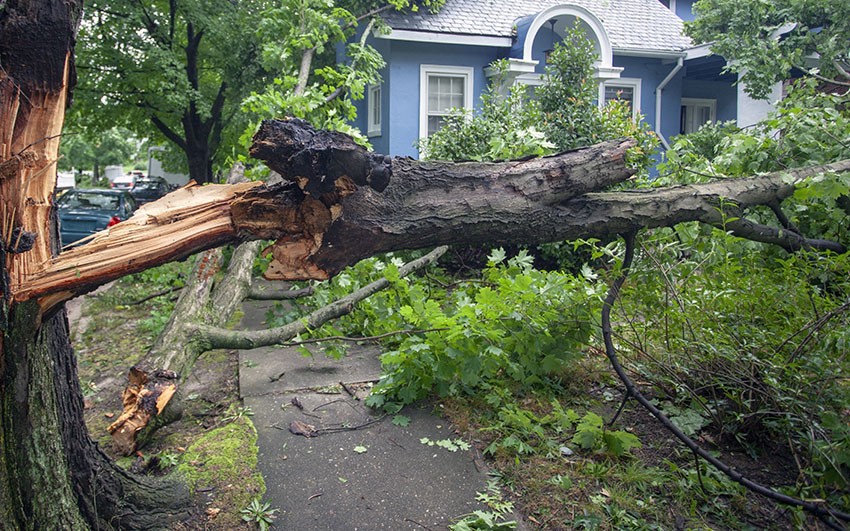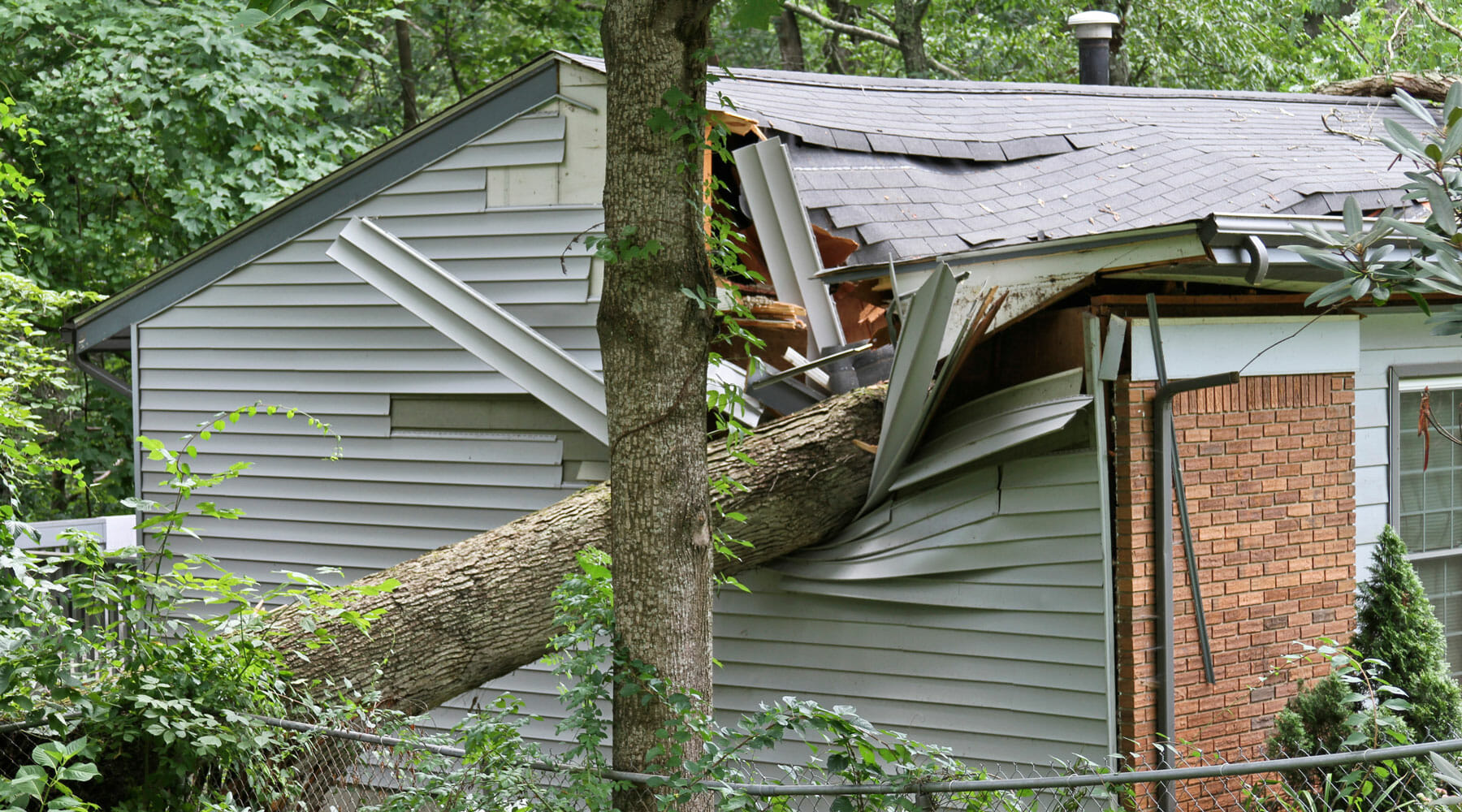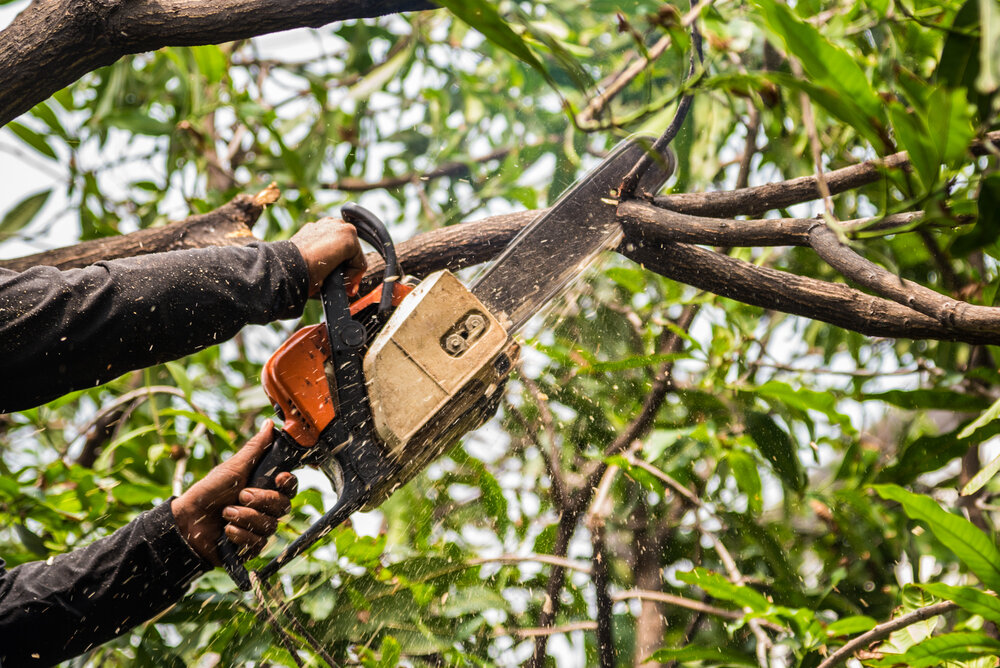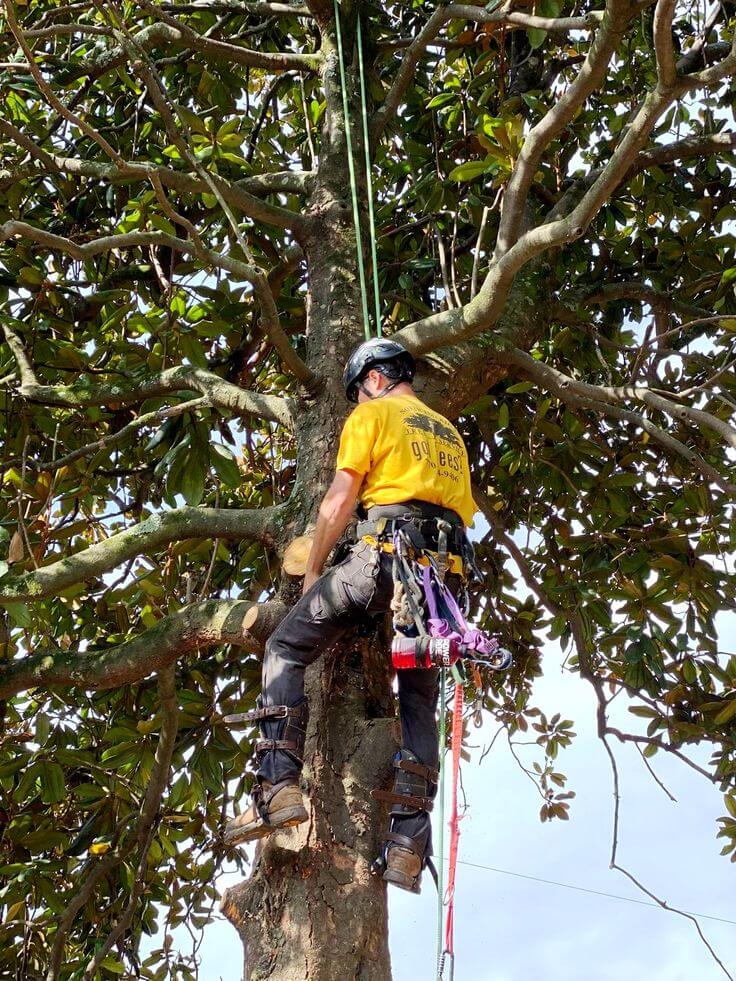Tree Removal Insurance: What You Need to Know
Introduction
When you think about your home insurance, tree removal might not be the first thing that comes to mind. Yet, it’s an essential aspect, especially if you live in an area prone to storms or have large, aging trees on your property. Tree removal insurance can save you from unexpected costs and headaches, but understanding what’s covered and what isn’t is crucial.
What is Tree Removal Insurance?
Tree removal insurance is a specific type of coverage that may be included in your homeowners’ insurance policy. It is designed to cover the costs associated with removing trees that have fallen due to certain perils, such as storms, lightning, or vandalism. This insurance helps mitigate the financial burden that comes with the unexpected necessity of removing a tree, particularly if it causes damage to your home or other structures on your property.

Understanding the Coverage
Not all tree removal scenarios are covered by standard homeowners’ insurance policies. Coverage is typically limited to situations where a tree falls and causes damage to your home, a fence, or other insured structures. For instance, if a tree falls on your house during a storm, your insurance will likely cover the cost of removing the tree and repairing the damage. However, if a tree falls without causing any damage, the cost of removal might not be covered unless the fallen tree is blocking a driveway or a path that prevents access to your property.
Perils Covered Under Tree Removal Insurance:
It’s important to understand the specific perils that tree removal insurance covers. Generally, tree removal costs will be covered if the tree falls due to the following events.
Storms and high winds: These are among the most common causes of fallen trees. Insurance policies often cover removal when strong winds or storms cause a tree to fall onto your house or other insured structures.
Lightning strikes: Trees struck by lightning can be severely damaged and may need to be removed. Most insurance policies will cover the cost of removal in these circumstances.
Vandalism: If someone deliberately damages a tree on your property, causing it to fall, this may also be covered by your policy.
Fire: In the unfortunate event of a fire, tree removal might be necessary if the trees have been damaged beyond recovery.
Exclusions: What Tree Removal Insurance Does Not Cover
Understanding what is not covered by your tree removal insurance is just as crucial as knowing what is.
Common exclusions include:
Routine maintenance: If a tree is diseased or dying and needs to be removed to prevent it from falling, this is generally considered maintenance and is not covered by insurance.
Negligence: If you were aware that a tree was a hazard and did nothing to prevent it from falling, your insurance may not cover the removal costs.
Flooding: Damage caused by flooding is often excluded from standard homeowners’ policies, including any tree removal that may be necessary afterward.
How Much Does Tree Removal Insurance Cover?
The amount of coverage for tree removal typically varies depending on your insurance policy. Standard homeowners’ policies usually have a limit on the amount they will pay for tree removal. This limit might be per tree or per incident. For example, your policy might cover up to $500 for the removal of each tree, with a total limit of $1,000 per incident.
Additional Coverage Options
If you live in an area prone to severe weather or have several large trees on your property, it might be worth considering additional coverage. Some insurance providers offer extended coverage for tree removal, which increases the limits on the amount the policy will pay. This can be particularly useful if you have large or numerous trees that could pose a risk.

Steps to Take After a Tree Falls
In the event that a tree falls on your property, it’s important to know the steps to take to ensure that your insurance claim is processed smoothly.
Document the damage: Take photos of the fallen tree and any damage it has caused to your property. This will be essential when filing a claim.
Contact your insurance company: Notify your insurance provider as soon as possible. Provide them with all necessary details and documentation.
Prevent further damage: If possible, take steps to prevent additional damage, such as covering holes in your roof with a tarp.
Get an estimate: Contact a licensed tree removal service to get an estimate for the removal of the tree. Your insurance company may require this before approving your claim.
How to Prevent the Need for Tree Removal
While insurance can help cover the costs of tree removal, it’s always better to prevent the need for removal in the first place.
Regular tree maintenance can help you avoid costly removals:
Regular inspections: Have your trees inspected by a professional arborist regularly to check for signs of disease or damage.
Pruning: Proper pruning can help keep your trees healthy and reduce the risk of branches falling.
Choosing the Right Insurance Policy
Not all homeowners’ insurance policies offer the same level of coverage for tree removal. When choosing a policy, consider the following:
Coverage limits: Ensure that the policy provides adequate coverage for tree removal, especially if you have large or numerous trees.
Deductibles: Be aware of the deductible you will need to pay before your insurance covers the rest of the tree removal costs.
Exclusions: Read the fine print to understand what is excluded from your policy. This can help you avoid unpleasant surprises when you need to file a claim.
Conclusion
Tree removal insurance is a valuable part of a comprehensive homeowners’ insurance policy. By understanding what is covered, what is excluded, and how to choose the right policy, you can protect yourself from the high costs associated with tree removal. Regular maintenance and choosing the right coverage are key to ensuring that you are prepared for any situation involving the trees on your property.

